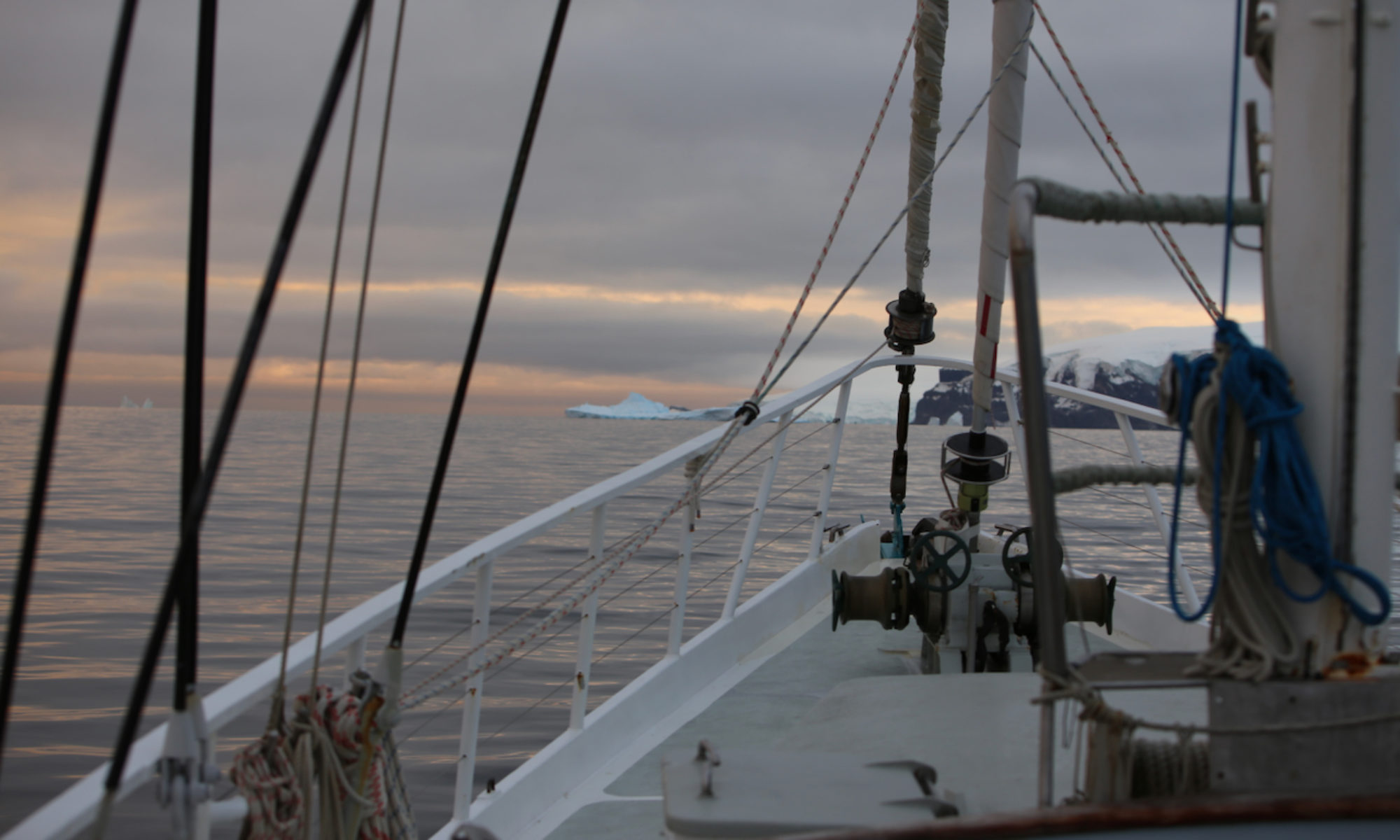Four men in a small rubber boat. Drifting away and fishing. Tied to a
small iceberg. Somewhere in a channel with ice-cold water, between 5 and
150 meter deep. To the north, rugged, steep mountains, interspersed with
glaciers that look as if they may topple any second. To the south, a
very shallow and flat archipelago with two penguin rookeries. Our
operating base, the Australis, is anchored there.
We haven’t caught a single fish all day. Suddenly, a pack of crabeater
seals surfaces directly next to us. They play around in the turquoise
water of the iceberg and loudly recharge their lungs with fresh air.
“Where are all the fish?” we ask. The seals snort and shoot perhaps one
or two curious glances at us, but otherwise we’re being thoroughly
ignored. We value their company nevertheless.
A few hours later – the sun has already dropped behind the horizon –
our final effort at this locality pays off: the small net we set out in
the morning brings us ten fish. At last. A happy moment, because these
are valuable samples that will allow us to conduct detailed studies on
the diet and genetic make-up of this species. Such information is
ultimately important to understand and protect the unique Antarctic fishes.








